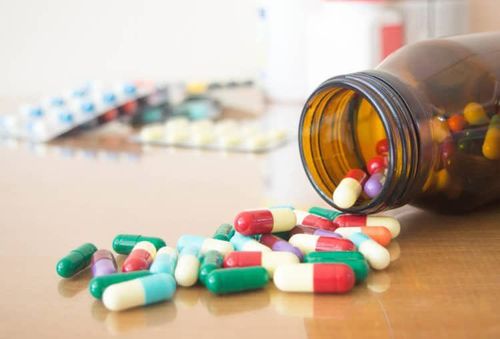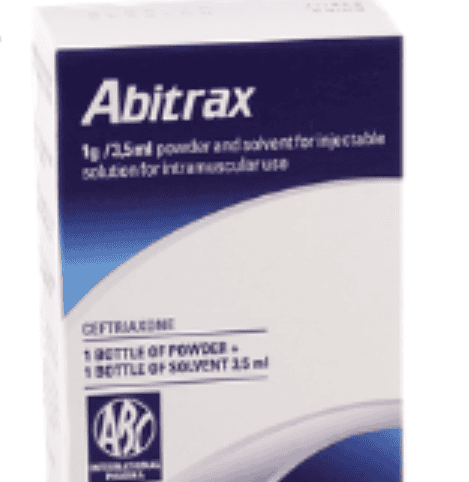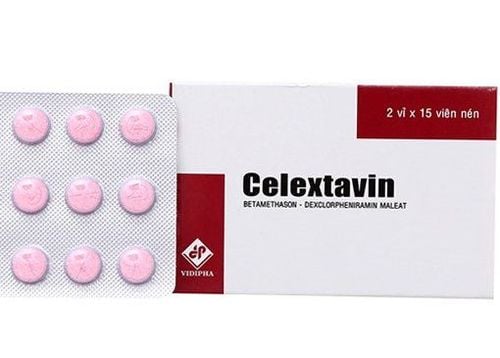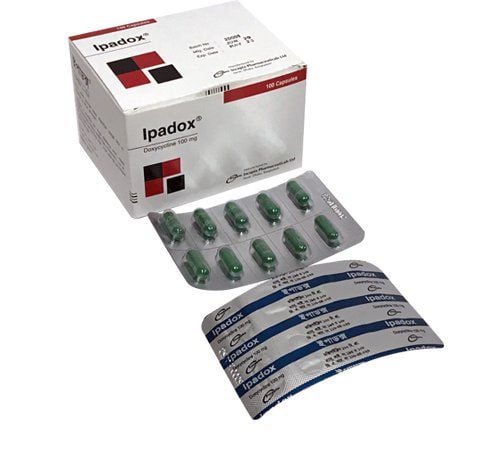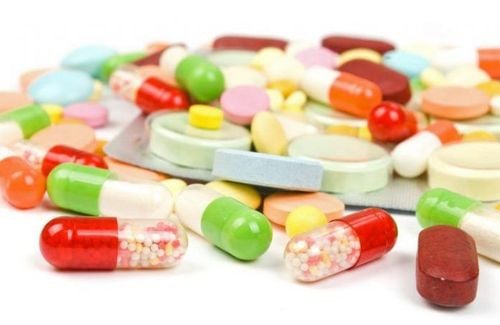This is an automatically translated article.
Jexta is classified as a special drug for parasites, anti-infectives, and antifungals. The drug is administered by injection with the dosage form being powder for injection. Dosage, usage and effects of the drug Jexta will be fully in the article below.
1. What is Jexta?
Jexta belongs to the group of Cephalosporin antibiotics with the main ingredient being Ceftazidime. This is a popular antibiotic line used to treat infections of the respiratory tract, urinary tract, bones, joints, gynecology and digestive tract.The dosage form of Jexta is a powder for injection, the main ingredient is Ceftazidime in the form of Ceftazidim Pentahydrate 1g, comes with the vial is a 10ml ampoule of distilled water used for drug preparation.
2. Effects of the drug Jexta
The main effect of the drug Jexta is to kill bacteria by inhibiting the enzyme that synthesizes the cell wall of bacteria. Jexta is susceptible to many Aminoglycoside-resistant Gram-negative bacteria and also Ampicillin-resistant Gram-positive bacteria. The broad antibacterial spectrum of Jexta is currently updated as follows:
Aerobic gram-negative bacteria including strains of Pseudomonas, E.coli, Klebsiella, Shigella, Proteus, Salmonella, Haemophilus influenza... and some strains of Pneumococcus, Moraxella catarrhalis and beta-hemolytic Streptococcus and Streptococcus viridans. Anaerobic Gram-positive bacteria, staphylococcus aureus. Ceftazidime in Jexta is not absorbed from the gastrointestinal tract, so patients cannot take the drug orally but must be administered intravenously (IV) or intramuscularly (IM).
3. In what case is Jexta indicated?
Jexta is used to treat severe infections, which may have undergone conventional antibiotic therapy but the condition has not improved, typically severe Gram-negative infections:
Sepsis; Meningitis , infection of the central nervous system; Urinary tract infections with complications; Lower respiratory tract infections, sinusitis; Bone and joint infections; Gynecological infections; Abdominal infections; Infections of soft tissue, skin including burns and wounds; Nephritis - pyelonephritis, prostatitis; Infection in burns ; Infections with peritoneal dialysis (CAPD); Infective bursitis; Mastitis.
4. Contraindications to using Jexta
In some serious systemic and medical conditions, Jexta is contraindicated
Patients with hypersensitivity to any component of the drug Jexta; Patients with hypersensitivity to Aspirin or other NSAIDs; Jexta is contraindicated in patients with a history of or ongoing gastric ulcer; Contraindicated to use Jexta in patients with asthma cough, bronchospasm, bleeding, cardiovascular disease, liver failure and severe renal failure; Contraindicated use of Jexta in people with collagen disease (autoimmune disease); Contact lens wearers, pregnant and lactating women.
5. Dosage and how to use Jexta
Dosage
With the antibiotic Ceftazidime in Jexta, the dose is divided clearly in the following cases:
Adults: 1g/time/8h or 2g/time/12h. Administration, intravenous or deep intramuscular injection. This dose applies to patients with impaired liver function Infants (0-4 weeks): 30mg/kg/time/12h, administered intravenously Children from 1 month to 12 months: 30-50mg/kg / time, intravenous injection up to 6g / day and every 8 hours. Elderly: The dose of Jexta for the elderly should not exceed 3g/day, especially in patients over 70 years of age. In patients with renal impairment, the dose of Jexta drug depends on the creatinine clearance as follows:
Creatinine clearance 31-50ml/min ⇒ The dose of Jexta is 1g/time/12h. Creatinine clearance 16-30ml/min ⇒ Jexta dose is 1g/time/24h. Creatinine clearance 31-50ml/min ⇒ Jexta dose is 500mg/time/24h. Creatinine clearance 31-50ml/min ⇒ Jexta dose is 500mg/time/48h. How to use Jexta
Jexta drug is currently indicated for intravenous or deep intramuscular injection, in which:
Intravenous injection: Dissolve 1g of Jexta in 10ml of distilled water for injection or NaCl 0.9% or Dextrose 5%. Intramuscular: Dissolve 1g of Jexta in 3ml of distilled water for injection or Lilocaine Hydrochloride 0.5% or 1%. Solution for infusion: Mix 1-2g of Jexta in 100ml of solutions for injection/intravenous infusion.
6. Side effects of the drug Jexta
Common side effects: Epigastric pain, nausea, diarrhea, headache, dizziness, dizziness, rash, itching, pain at injection site.
Rare (dangerous) side effects: Kidney/liver damage, blood-forming organ disorders.
7. Attention when using Jexta
Patients with a history of hypersensitivity to penicillins, cephalosporins or ceftazidime in the past. When using Jexta, cases of pseudomembranous colitis may occur. In patients with renal impairment, the total daily dose should be reduced. High concentrations of Jexta may cause convulsions, senility, loss of balance and sometimes neuromuscular excitability. Use of Ceftazidime may decrease prothrombin activity in patients with renal/liver impairment or in malnourished patients. There are no specific studies and clinical trials on the adverse effects of Jexta during pregnancy. Therefore, use with caution in pregnant women and only when absolutely necessary. In addition, Jexta is also excreted in lactose, so it should be carefully considered. Jexta is an antibiotic used to treat serious bacterial infections. The drug is administered intramuscularly or intravenously, as prescribed by the doctor and should closely monitor the patient's reaction immediately after use.
Please dial HOTLINE for more information or register for an appointment HERE. Download MyVinmec app to make appointments faster and to manage your bookings easily.





